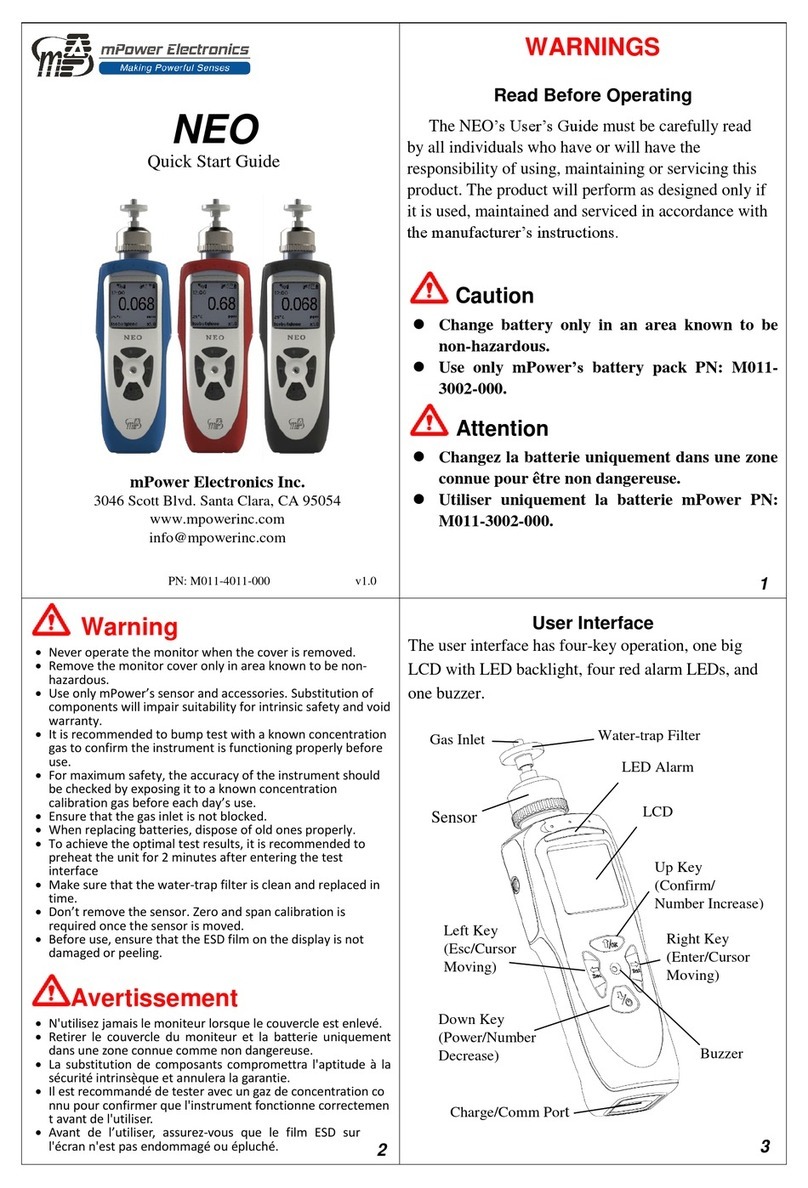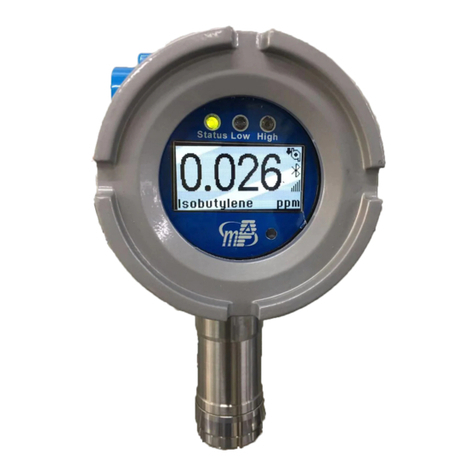2
Contents
Read Before Operating......................................................................................................................3
General Information..........................................................................................................................4
User Interface...................................................................................................................................5
Display .............................................................................................................................................6
Charging a Lithium-Ion Battery.......................................................................................................7
Low Voltage Warning..................................................................................................................7
Clock Battery................................................................................................................................7
Data Protection While Power Is Off ............................................................................................7
Instrument Basic Functions...............................................................................................................8
Turning The Instrument On..............................................................................................................8
Turning the Instrument Off ..............................................................................................................8
Integrated Sampling Pump...............................................................................................................8
Pump Status..................................................................................................................................9
External Water-trap Filter ................................................................................................................9
Alarm Signals...................................................................................................................................9
Alarm Signal Summary................................................................................................................9
Preset Alarm Limits & Calibration ............................................................................................10
Testing The Alarms....................................................................................................................10
Backlight ........................................................................................................................................10
Datalogging....................................................................................................................................10
Man Down......................................................................................................................................10
Wireless..........................................................................................................................................10
Operating Mode Overview..............................................................................................................11
VOC Mode Main Menu .................................................................................................................11
Benzene Tube Mode Main Menu...................................................................................................12
Benzene Tube Measurements.........................................................................................................12
STEL Measurement........................................................................................................................13
Benzene Tube Replacement...........................................................................................................14
Configuration Mode.........................................................................................................................15
Navigating Config Mode................................................................................................................15
Selection From a List .................................................................................................................15
Entering Numerical Values........................................................................................................15
Entering and Exiting Config Mode................................................................................................15
Config Mode Menus.......................................................................................................................16
Calibration..................................................................................................................................18
Measurement..............................................................................................................................20
Alarm Settings............................................................................................................................21
Datalog .......................................................................................................................................22
Monitor (Mnt) Setup ..................................................................................................................23
Computer Interface Using mPower Suite......................................................................................26
Connecting and Configuring..........................................................................................................26
Custom Gas (User Gas) in VOC Mode..........................................................................................28
Datalog Retrieval............................................................................................................................29
Real-time Data................................................................................................................................30
Maintenance......................................................................................................................................31
Cleaning or Changing PID Sensor/Lamp.......................................................................................31
Lamp Cleaning and Changing....................................................................................................31
Sensor Cleaning..........................................................................................................................32
Sampling Pump..............................................................................................................................32
Troubleshooting .............................................................................................................................33
Contact Information ........................................................................................................................34





























